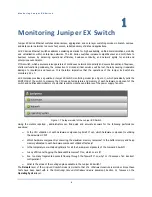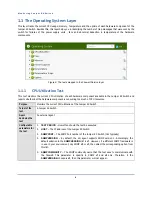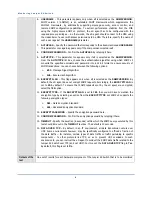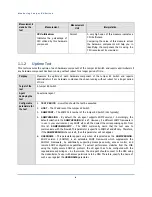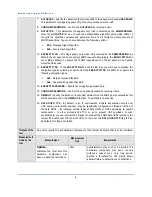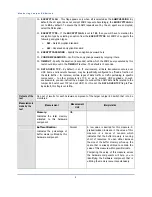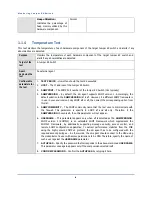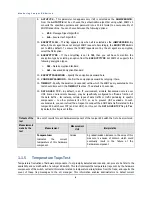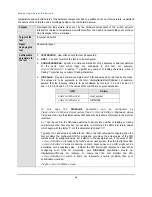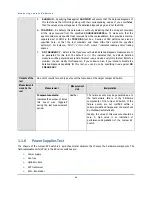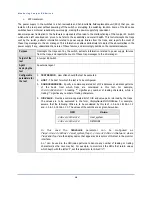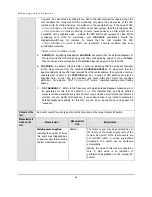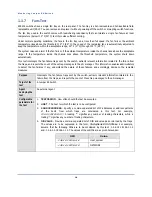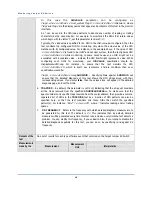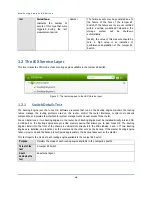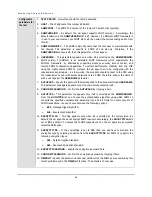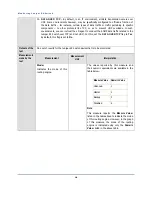
M o n i t o r i n g J u n i p e r E X S w i t c h
9
9.
AUTHTYPE
– This parameter too appears only if
v3
is selected as the
SNMPVERSION
.
From the
AUTHTYPE
list box, choose the authentication algorithm using which SNMP v3
converts the specified username and password into a 32-bit format to ensure security of
SNMP transactions. You can choose between the following options:
MD5
– Message Digest Algorithm
SHA
– Secure Hash Algorithm
10.
ENCRYPTFLAG
– This flag appears only when
v3
is selected as the s
NMPVERSION
. By
default, the eG agent does not encrypt SNMP requests. Accordingly, the
ENCRYPTFLAG
is
set to
NO
by default. To ensure that SNMP requests sent by the eG agent are encrypted,
select the
YES
option.
11.
ENCRYPTTYPE
– If the encryptflag is set to
YES
, then you will have to mention the
encryption type by selecting an option from the
ENCRYPTTYPE
list. SNMP v3 supports the
following encryption types:
DES
– Data Encryption Standard
AES
– Advanced Encryption Standard
12.
ENCRYPTPASSWORD
– Specify the encryption password here.
13.
CONFIRM PASSWORD
– Confirm the encryption password by retyping it here.
14.
TIMEOUT
-
Specify the duration (in seconds) within which the SNMP query executed by this
test should time out in the
TIMEOUT
text box. The default is 10 seconds.
15.
DATA OVER TCP
–
By default, in an IT environment, all data transmission occurs over
UDP. Some environments however, may be specifically configured to offload a fraction of
the data traffic – for instance, certain types of data traffic or traffic pertaining to specific
components – to other protocols like TCP, so as to prevent UDP overloads. In such
environments, you can instruct the eG agent to conduct the SNMP data traffic related to the
Juniper EX Switch over TCP (and not UDP). For this, set the
DATA OVER TCP
flag to
Yes
.
By default, this flag is set to
No
.
Outputs of the
test
One set of results for each hardwarecomponent of the Juniper EX Switch that is to be monitored
Measurements
made by the
test
Measurement
Measurement
Unit
Interpretation
Temperature:
Indicates
the
current
temperature of this hardware
component.
Celsius
A gradual/sudden increase in the value of this
measure is a cause of concern which could
eventually result in the failure of the
hardware component.
1.1.5
Temperature Traps Test
Temperature fluctuation of hardware components, if not promptly detected and resolved, can prove to be fatal to the
availability and overall health of a Juniper EX Switch. This test intercepts the temperature traps sent by the hardware
components of the switch, extracts information related to temperature errors/failures from the traps, and reports the
count of these trap messages to the eG manager. This information enables administrators to detect current




